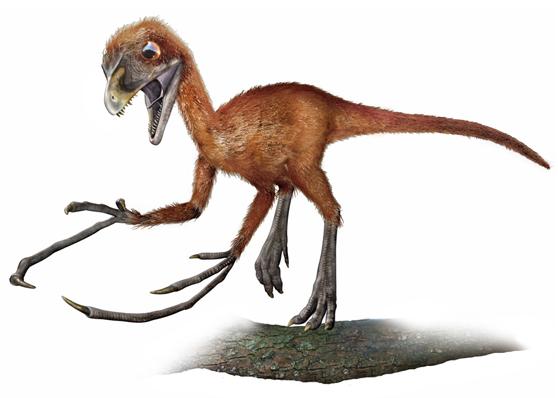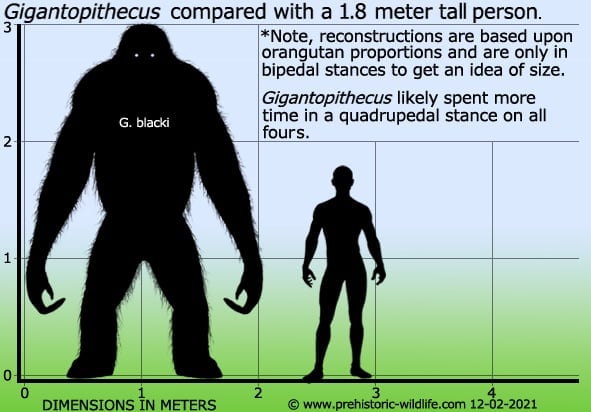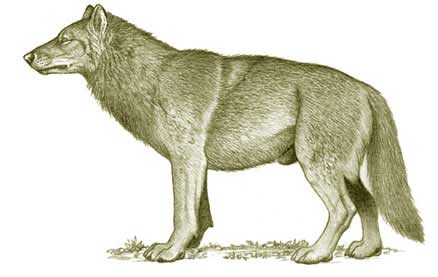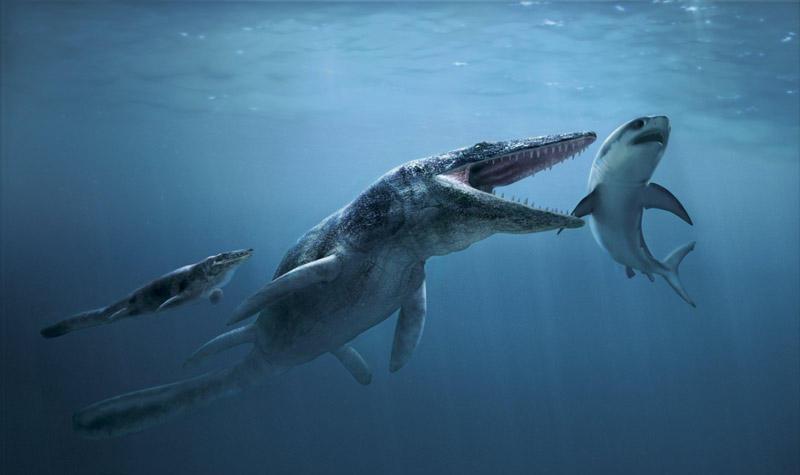Demoncarnotaur
Member
Another awesome oddity, Masiakasaurus-







why was everything so fucking big back then
why was everything so fucking big back then

I'm in the same boat, I was obsessed with all these kinda things as a kid. Couldn't get enough.I'm a child again. I remember getting those mini magazines about certain animals back in the day from National Geographic. I miss those.

Has there ever been an extinct ape that was huge? Not King Kong huge but bigger than ones that currently exist?

Has there ever been an extinct ape that was huge? Not King Kong huge but bigger than ones that currently exist?

There's Gigantopithecus and Gigantopithecus Blacki

Ninja'd D:


Could someone recommend a book (with pictures) about dinosaurs?
My life mission would become riding that thing one time.Size isn't everything, however Amphicoelias was huge:
Try imagining seeing that thing alive and breathing.
Megladon:







Tyrannosaurus rex
Such is the fame of T. rex that it seems difficult to say anything about it that hasn't been said before. If this wasn't your favorite dinosaur growing up, I have nothing but the deepest of sympathies for you. It's an icon, and deservedly so.

Giraffatitan brancai
Theartistmacronarian titanosauriform formerly known as Brachiosaurus brancai. Those thuggish theropods, your rexes and raptors, might have been the stars of Jurassic Park, but those of superior taste know that the movie's climax was the encounter with this most magnificent of sauropods. Everything afterwards was a letdown.

Deinonychus antirrhopus
Velocirator, or at least the Hollywood caricature, may be more familiar to the public, but the discovery of Deinonychus marked a paradigm shift in our understanding of dinosaur diversity and behavior, and nearly single-handedly ushered in the "Dinosaur Renaissance." The revitalization, (Huxley was on the right track, folks), of the idea that birds are dinosaurs has led to among the most fascinating and wonderful developments in all of paleontology.
Ah, my favorite kind of thread.
I'll use this as an opportunity to post some lovely John Conway art, as well as some of my editorial comments:
So many to choose from.
That said, Carnotaurus-


Those aren't cool, they're freaking terrifying. Jesus.
Ok, first off. i think the spinosaurus was the best part of JP3, but the rest of the movie sucked. also, i liked spinosaurus before they made him the main baddie in JP3. it was a little ridiculous to see a predator that probably feeds off of marine life take down a T-Rex. but the main draw for me has always been the sail. also the reason i like dimetrodon.
i really liked the portrayal of the Lipleurodon in walking with dinosaurs. just seemed very large and majestic, but also the alpha predator at sea.
finally, i really like the prehistoric mammal andrewsarchus. its not a super well known animal, was probably a great predator, or maybe even a scavenger like a hyena. but the thing that blows my mind is that they were probably distant relatives to hippos and WHALES! whales!
This is utter nonsense, of course. Tyrannosaurus rex is the iconic dinosaur and has been since its discovery, no matter what that silly hadrosaur-loving, Spinosaurus-overhyping, T.rex-is-a-scavenger propagandist Horner says.

I was also wondering what you thought about the whole ectothermic / endothermic / intermediate debate?
imagine the shit


Always loved the giant prehistoric versions of today's species
Giant ground sloth

Oxygen richer atmosphere.why was everything so fucking big back then

